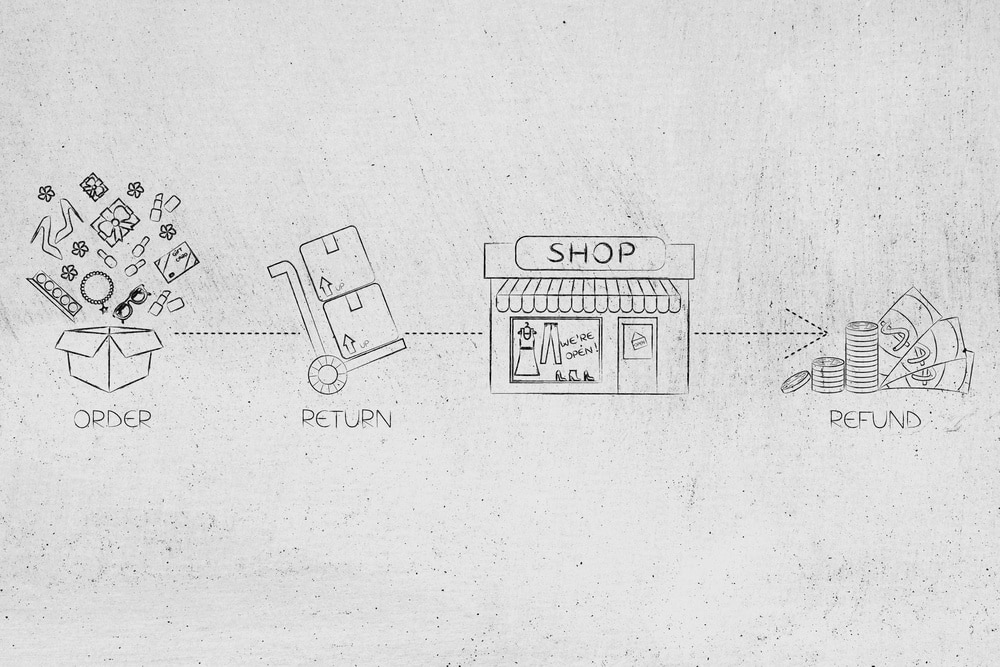Many online retailers have experienced the frustration of trying to manage merchandise returns. Some responded by simply saying that items cannot be returned, while others accept returns and found that returned merchandise can put a dent in your bottom line. The problem is that in today’s competitive landscape, retailers cannot afford to lose a customer simply because they won’t take a product back so accepting returns is essential.
The Shopping Experience
Fortunately there are some things you can do to minimize the impact of returns on your total profits. It begins with taking a look at your current shopping experience, but not as the seller—look at it from the buyer’s viewpoint. Does your website include:
- Professional and accurate photos of your products (not overly edited or altered)?
- Multiple photos or videos that show the product from several angles?
- Information about models’ height and weight to provide context for clothing items?
- Size charts, measurements, or dimensions for all the products?
- Clear and accurate descriptions of each product, including fit and material?
- FAQs or other information about the product?
- Customer reviews on each product from verified buyers?
Without this information, customers are more likely to end up with something that doesn’t meet their expectations and return it. Since online shoppers never get to feel or try on a product before they buy, good information is essential.
Your Returns Process & Reverse Logistics Platform
A second way to minimize the impact of returns on your bottom line is to optimize your reverse logistics. Many companies have not put nearly as many resources into this part of the process as they have the front end supply chain, but it can significantly impact profitability and is a worthwhile investment for any retailer.
The ability to resell an item, either on your website or in a secondary market (like a clearance sale or to a secondary buyer) can help you recoup lost profit from the original return, but in situations where items go out of season or style, it’s essential to get a returned item back on the shelf immediately. When the items cannot be resold, promptly recycling or disposing of the item helps you avoid storing tons of old merchandise.
Implementing a reverse logistics platform can:
- Make it easy for customers to initiate returns
- Track items from the customer to your returns processing center
- Track items to their final destination—restocking, resale, recycling, or disposal
- Provide data on common returns or issues in the process to help you improve your front-end sales process and your back-end returns process
Returns from online merchandise aren’t slowing down anytime soon. When you optimize both your sales process and your returns process, you can avoid some returns and maximize the ability to recoup some of the cost in cases where returns are inevitable. Find out how ReverseLogix can help your business stay profitable.

